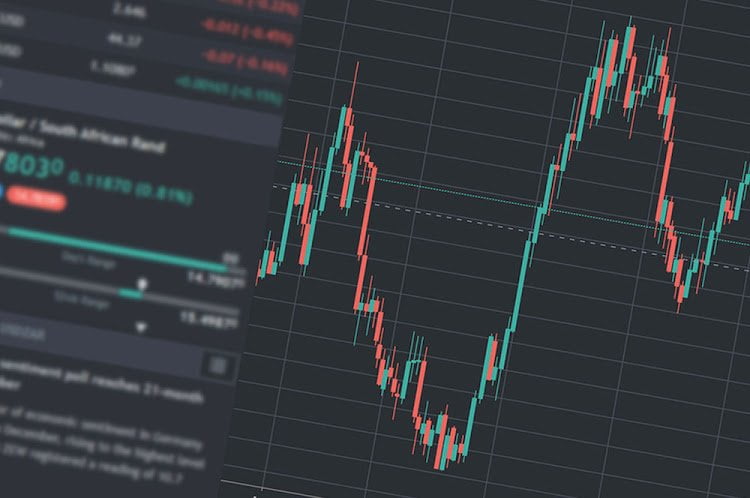Introduction:
Spread betting is a popular form of financial trading that allows investors to speculate on the price movement of various financial instruments. Unlike traditional investing methods, spread betting enables traders to profit from both rising and falling markets, offering a flexible and diverse trading experience. In this article, we will provide a detailed explanation of spread betting, along with an example to enhance your understanding.
What is Spread Betting?
Spread betting is a derivative trading method where individuals can take positions on the future price movement of an underlying asset without owning the asset itself. The “spread” refers to the difference between the buying (ask) and selling (bid) price quoted by the spread betting provider. Traders can speculate on whether the market price will rise or fall, and profit or lose based on the accuracy of their prediction.
Example of Spread Betting:
Let’s say you are interested in trading stocks and believe that Company XYZ shares, currently trading at $100, will increase in value over the next few weeks. You approach a spread betting provider and check the spread for Company XYZ shares. The spread quoted is $99.50 – $100.50.
You decide to place a “buy” spread bet on Company XYZ. Based on your analysis, you believe that the stock price will rise, so you buy at the asked price of $100.50, wagering $10 per point of movement.
Scenario 1: If Company XYZ shares rise in value
If the stock rises to $105 within the specified period, you were correct in your prediction. The spread betting provider now quotes a new spread of $104.90 – $105.90. As a result, your profit can be calculated by the difference between the closing and opening prices, multiplied by your stake.
Profit = ($105 – $100.50) × $10 = $45
Scenario 2: If Company XYZ shares fall in value
In case Company XYZ shares experience a decline and the stock price drops to $95, your prediction would have been incorrect. The spread betting provider quotes a new spread of $94.40 – $95.40. Consequently, a loss is incurred.
Loss = ($95 – $100.50) × $10 = -$55
It’s essential to remember that spread betting is a leveraged form of trading, meaning you can potentially profit or lose a large amount relative to your initial stake. Consequently, risk management and setting appropriate stop-loss limits are crucial to protect your capital.
Conclusion:
Spread betting offers an alternative way to trade various financial instruments, including stocks, indices, currencies, commodities, and more. It allows traders to speculate on price movements and profit from both rising and falling markets. The use of leverage can magnify profits but also increase losses, so it’s important to approach spread betting with a well-informed and disciplined mindset. By understanding the concept and applying proper risk management, spread betting can be a valuable addition to your trading strategies.

